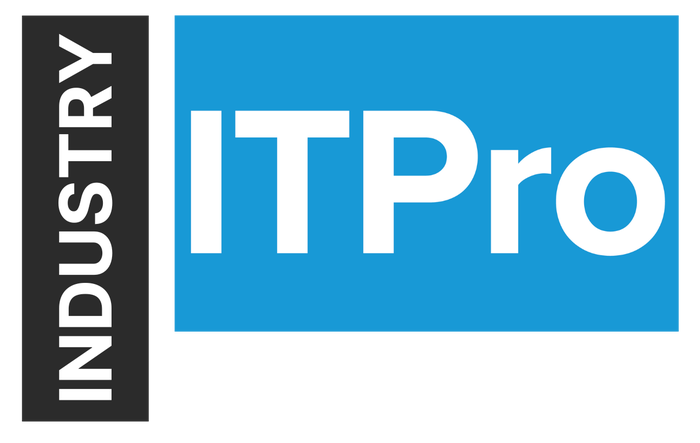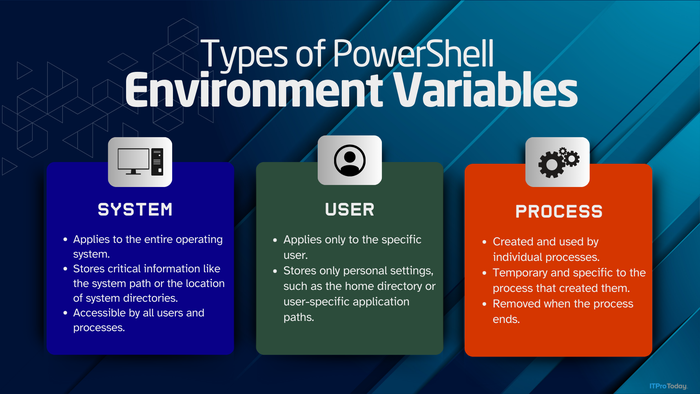
Insight and analysis on the information technology space from industry thought leaders.
The Evolving Role of ITAM: From License Management to Strategic OptimizationThe Evolving Role of ITAM: From License Management to Strategic Optimization
IT asset management is no longer just about tracking software licenses — it now plays a critical role in cloud cost management, cybersecurity, and compliance.
February 4, 2025

Everything in IT today, whether hardware or software, is about license and use. This used to be simple; however, today, the discipline of IT asset management — or ITAM — has become vital for organizations looking to optimize their software licenses, track usage, and avoid waste.
Additionally, ITAM teams take on responsibilities far beyond traditional license management. As businesses increasingly embrace cloud computing and artificial intelligence, ITAM is evolving to manage large language model (LLM) subscriptions, weigh in on compute capability decisions, and optimize the increasingly critical aspect of cloud spending. This is often characterized as the convergence of SAM/ITAM and FinOps, where their influence extends into areas such as cybersecurity solution licensing, ensuring all assets are properly accounted for, integrated into a corporate strategy, and effectively managed to inform investment decisions and drive digital transformation initiatives.
Despite their growing importance, ITAM teams continue to struggle with fundamental challenges. According to Flexera's 2024 State of ITAM Report, over half of IT teams lack a complete view of their technology environments, both on-premises and in the cloud. This limited visibility has real financial implications — the report indicates that audit-related costs are rising, with 22% of global IT leaders reporting audit-related expenses exceeding $5 million over the past three years, up from 15% in 2023.
The Java Licensing Challenge: A Case Study in Complexity
The recent changes in Java licensing and pricing provide a perfect case study of the challenges ITAM professionals face. In January 2023, Oracle implemented its fourth pricing and licensing change in four years. It moved to an employee-based pricing model that calculates costs based on total employee count — including part-time workers, contractors, and consultants — rather than actual Java usage. This shift has forced organizations worldwide to re-evaluate their Java strategy and highlights the complex role of today's ITAM professionals.
A comprehensive framework for Java licensing decisions must begin with recognizing implications that extend far beyond simple cost calculations. Asset managers must consider their organization's size and Java footprint, understand their exposure to potential audits, evaluate security and compliance requirements for critical applications, and assess their team's technical capabilities for managing any transition. The challenge is particularly acute for larger enterprises, where Java often lurks throughout a complex web of applications, hardware, deployment types, and cloud vendors.
This situation is particularly instructive because it reveals the evolution of ITAM's role from basic license tracking to strategies that relate to optimizing cost and risk aligned to license use. Asset managers must now work closely with security teams to assess vulnerabilities, collaborate with application owners to understand critical organization workload dependencies, and engage with legal and compliance teams to minimize governance and regulatory compliance risk.
The Java licensing situation demonstrates how crucial it is to take a systematic approach to broader license classification and use, across different technology environments, that all starts with a thorough inventory assessment. This means not just tracking Java versions and locations, but understanding which applications need commercial support, which have specific compliance requirements and where potential audit risks might arise.
Creating this comprehensive view requires a deep understanding of Java license use. While standard ITAM tools can help track basic installation data, they often miss the full picture of how Java is used across an enterprise. Asset managers need to work with their vendors and technology partners to use Java-specific scanning tools to identify every instance of Java usage, from development environments to production systems. A good example is the guidance from the FinOps Foundation, where ITAM and FinOps teams should work toward creating a single source of truth for license information, particularly when managing assets across cloud environments, to avoid duplicating efforts and costs.
For organizations managing complex technology estates, licensing management needs to move from reactive to proactive perspectives to not only address cost but also specific security requirements, compliance obligations, and operational impacts. Regular reviews and scenario planning can help organizations anticipate and prepare for licensing changes before they become critical issues.
Success in the evolving landscape of Java licensing in particular requires ITAM professionals to build their expertise across multiple domains. While understanding applications, AI, and emerging technologies is important, developing proficiency in the core dependent technologies that power business solutions and in turn operations is equally crucial. This combination of forward-looking knowledge and practical expertise enables ITAM professionals to provide more strategic value to their organizations.
By adopting these approaches, ITAM teams can position themselves as strategic partners within their organizations, helping drive value beyond cost control. As technology continues to evolve and licensing models become more complex, the role of ITAM will only grow in importance. Those professionals who can balance technical use and understanding with the strategic direction of license management will be best positioned to help their organizations navigate future challenges while demonstrating clear value beyond cost control.
About the author:
Simon Taylor is vice president of Global Channel Partners at Azul.
About the Author
You May Also Like








.jpg?width=700&auto=webp&quality=80&disable=upscale)
